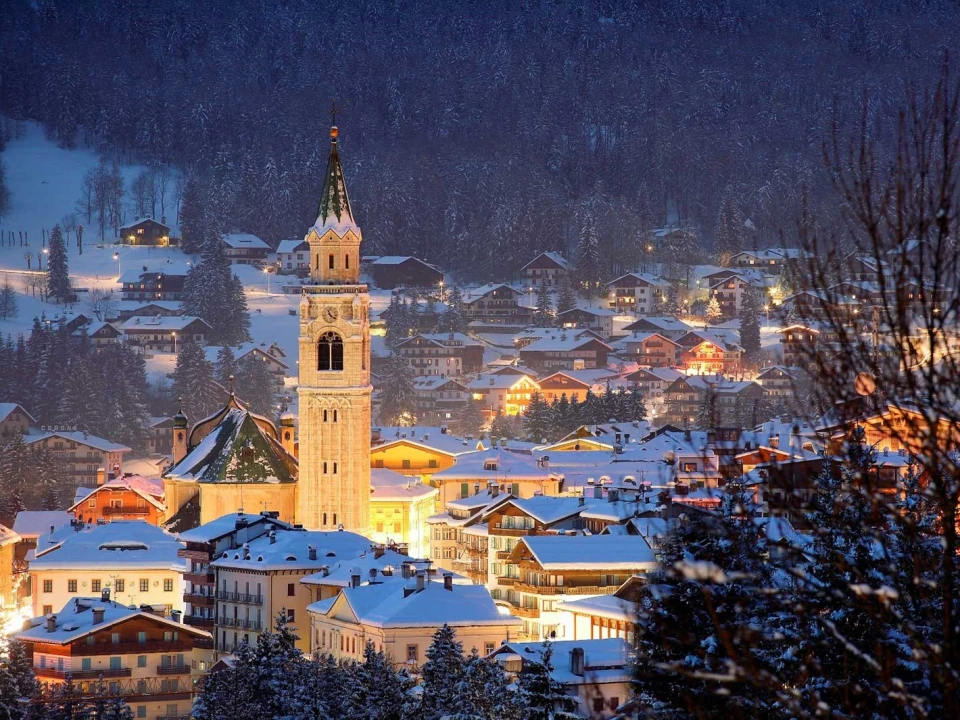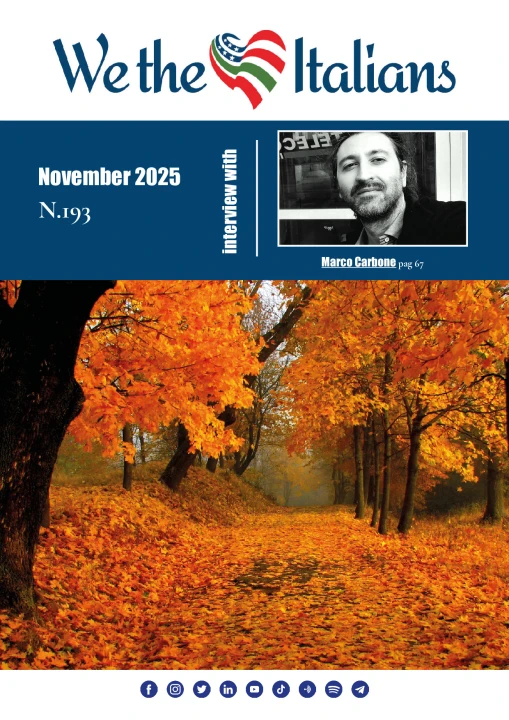Cortina d'Ampezzo sits in the heart of the Veneto Dolomites, in an ample valley surrounded by high peaks, and is one of the most famous mountain localities in the world. Host of the 1956 Winter Olympic Games and defined solely in the terms of chic and ski, Cortina is a glitzy, glam symbol both on the Italian and international scenes; Cortina has always been a top destination for mountain and nature enthusiasts, as well as those in search of winter sport activity and, in general, fun.
Nestled in a large basin of green fields and woods, the “Queen of the Dolomites” is circumscribed by the very high mountains that are rendered absolutely unique by the rose tones of the rocks of Antelao, Sorapiss, the Croda da Lago, Croda Rossa, the Tofane and the Cristallo - all mountain groups of rare beauty. Just as stupendous is the natural wall of Pomagagnon, also a backdrop to the aforementioned groups.
With its 87 miles of ski slopes, Cortina makes up part of the Dolomiti Superski circuit (one ski pass to access 12 different ski zones covering 758 miles of slope, making it the largest complex of ski courses in the world); its principal ski areas are Faloria, Cristallo, Pocol-Tofana and Cinque Torri.
Among the most exciting itineraries in the Cortina district are those slopes comprised by themes, such as the Skitour Olympia, where Olympic races were held in 1956; and the Great War Tour, whose courses pass by trenches and posts built during World War I. To explore even further the enchantment of these snow-covered mountains, the more adventurous can take an excursion in snow shoes, or try out the cross-country ski slopes.
Even in summer Cortina offers multiple opportunities for relaxation, athletics and fun: the advantage of 186 miles of pathways means the possible itineraries are countless. For the most advanced, a via ferrata, or iron road, permits climbs to the most beautiful and panoramic mountain peaks. And, as far as summer sports go – choices include golf, horseback riding, mountain-biking, and of course, mountain climbing. In need of a little more speed? Not to be forgotten are the rafting, kayaking, canoing and even bobsledding options.
Not only skiing and summer sports: in Cortina are about 250 shops where shoppers can find the Italian high fashion and the best of Made in Italy, in addition to local artisan goods, art, jewelry and antiques. Corso Italia, Cortina’s thriving center, is one of the best-known shopping streets on the Peninsula, always teeming with tourists admiring the shop windows, and abounding with the cafes and trendy locales that line the Corso.
The 20th Century left indelible marks on the history of this zone: the open-air museum (under the Cinque Torri) that treats WWI is a must, as is an excursion to the Natural Park of the d’Ampezzo Dolomites, where visitors can admire nature in its purest form by way of eight vie ferrate and six other equipped trails; eleven mountain refuges scattered throughout the park and just outside also welcome trekkers.
The area’s cuisine is highly-influenced by the Tyrolean tradition, and in fact, many of the typical dishes are still called by their original German names. The most celebrated are the canederli (a variant of the Tyrolean knödel), a sort of large dumpling primarily made with dried bread crumbs; and the casunziei, triangular raviolis filled with red turnips or potatoes and flavored with hot butter and poppy seeds.




